First Series 2526 Patek Philippe Calatrava
The 2526 stands above most Calatravas for one simple reason, it’s not just an engraved enamel signature, but entire fired enamel dial. It is one of just a handful of more niche references like the 2577 or 3428 to have this honor bestowed upon it. The manufacturing process was extremely complex, so much so that few in Switzerland still attempt it today. This watch represents a dying art, and it represents it very well. Particularly first series.
 The photography for the first two images of this find are courtesy of a prior Phillips auction, a previously sold 2526 in similar condition to the featured example in the market now. The actual example is pictured last, on left.
The photography for the first two images of this find are courtesy of a prior Phillips auction, a previously sold 2526 in similar condition to the featured example in the market now. The actual example is pictured last, on left.
When you fire enamel powder it adheres to the base metal, with layers built up on top to create the degree of depth you’re looking for. The thicker the enamel, the more depth. Modern dials are fired between 5 and 10 times to create this lustre. The 2526 is rumored to have been fired only twice at Stern Frères, with two pleasingly thick applications. The fewer the fires and the thicker the layers, the greater failure rate. For modern firing, 1 in every 6 or so is selected. For something like this, it would’ve been about 1 in 10. Additionally, only on this reference, the dial’s base was made of silver. Most enamel dials you’ll find today have a copper base. Hence you get this deep cream, porcelain sheen. But they are also more fragile.
And this example is a first series. How to tell? you’ll see small puddles or pools where the indices sank in to the enamel around them, which is a beautiful effect only seen on first series dials. Here, indices were set in the dial during the end of firing; this is what creates these dimpled edges. In latter dials, indices were glued to the enamel surface after the firing process.
 First Series on left, the example offered today. Later Series on right.
First Series on left, the example offered today. Later Series on right.
While the 2526 is all about the dial, it's also worth noting that the 2526 was Patek Philippe’s first self-winding watch ever. Furthermore, this is very likely the world’s very first example of a decorated rotor of any sort. And here’s the best little pub trivia: In 1953, the retail price on bracelet was 3400 CHF, just 400 CHF less than a 2499 (yellow gold both). That should tell you something about the quality here. It is estimated that only 500-600 examples were ever made between 1953 and 1960, very few are preserved without hairlines too.
This example has no fractures noted, with an excellent case. It's probably seen a very light polish but the hallmark and hand engraved inventory number are super legible. It's lovely. It comes from a well-regarded NYC retailer.










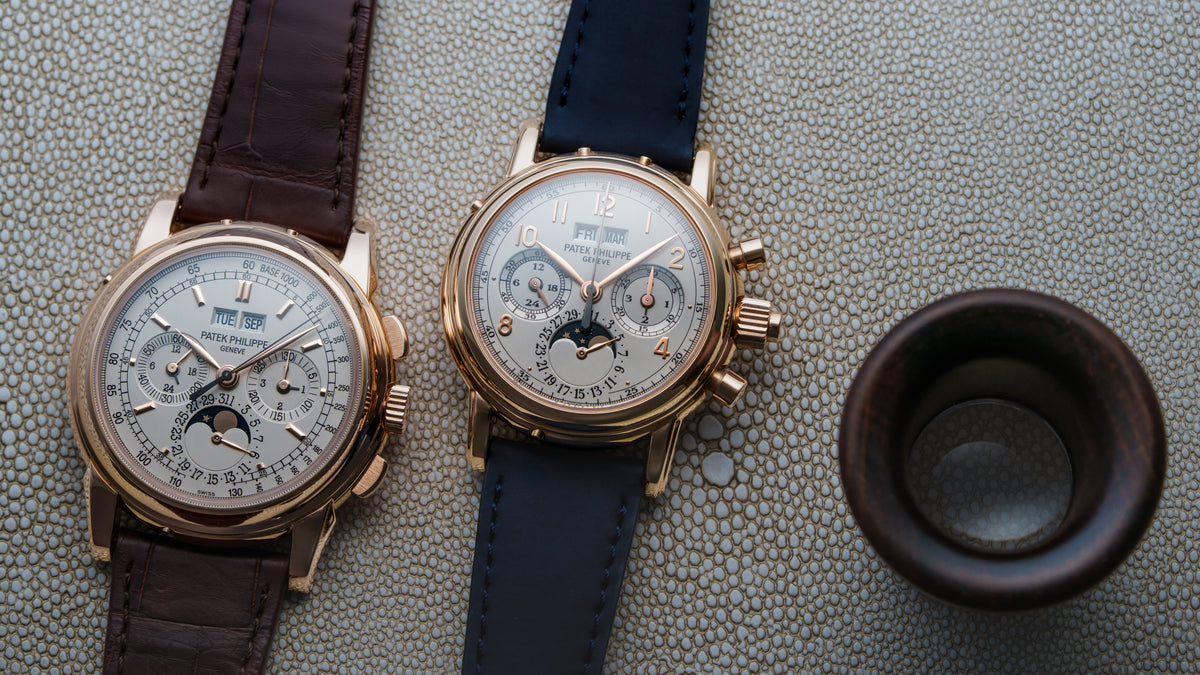
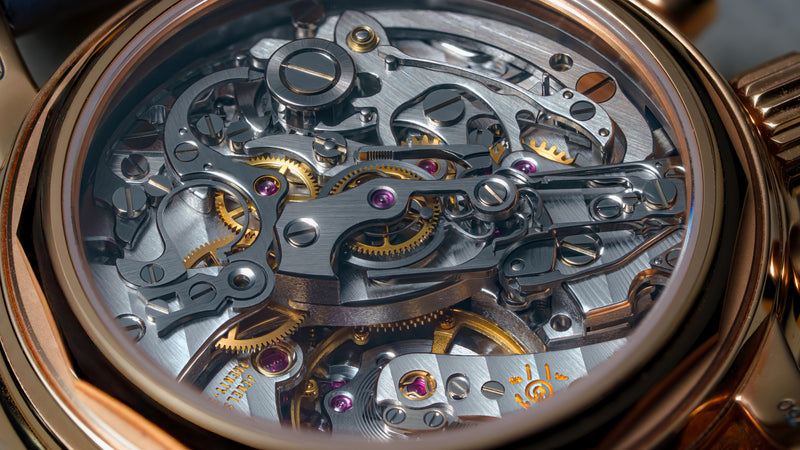












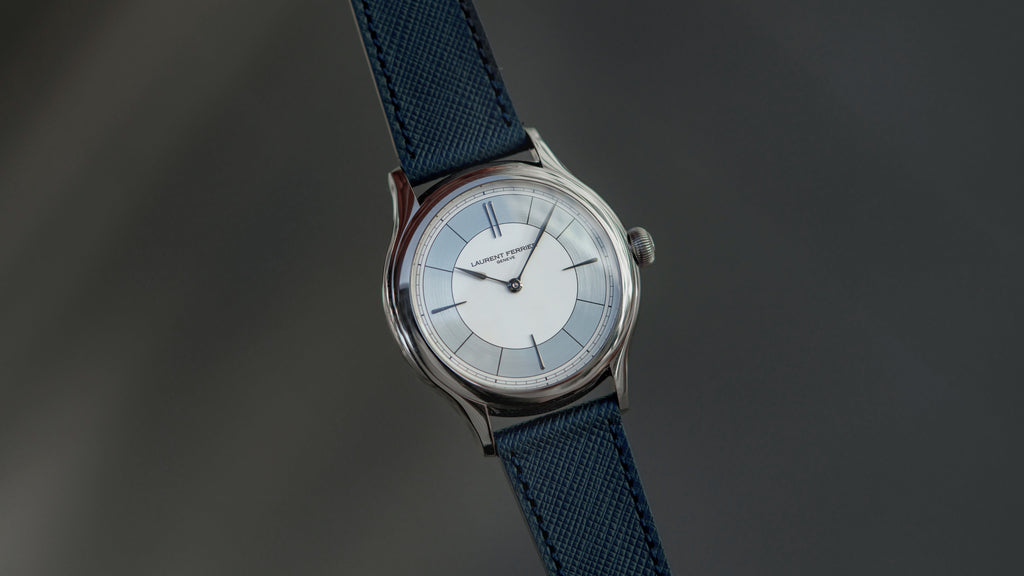

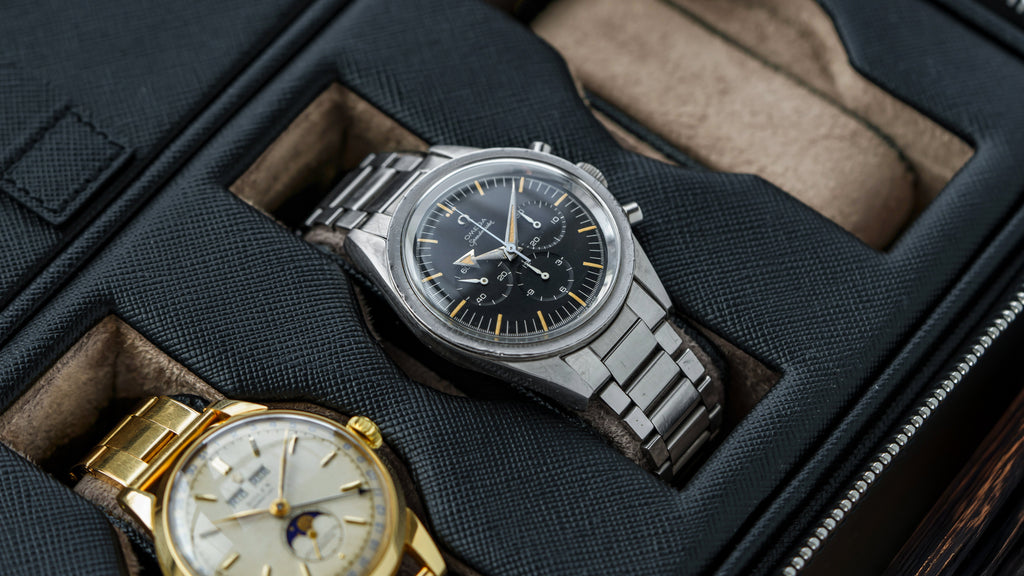
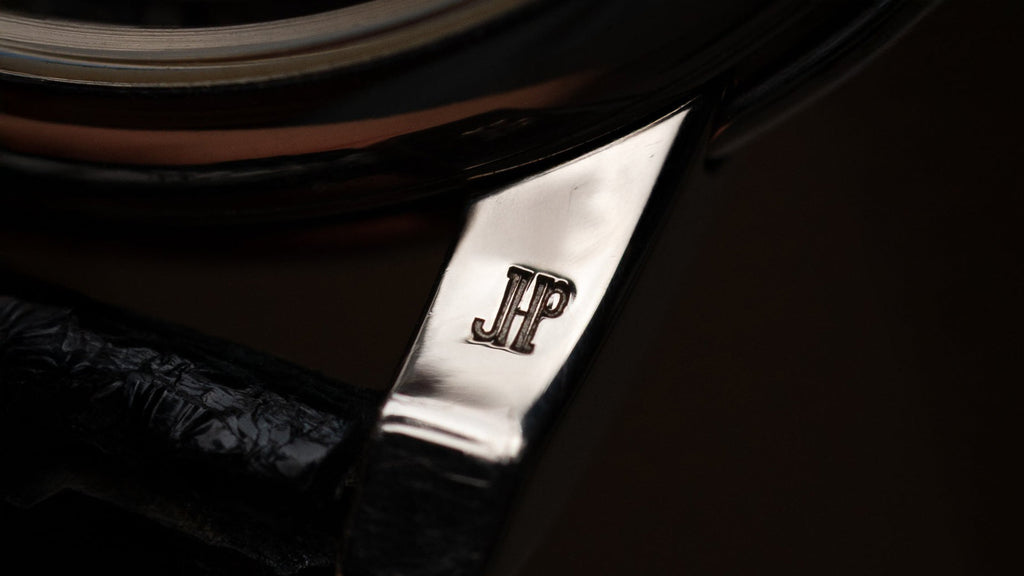
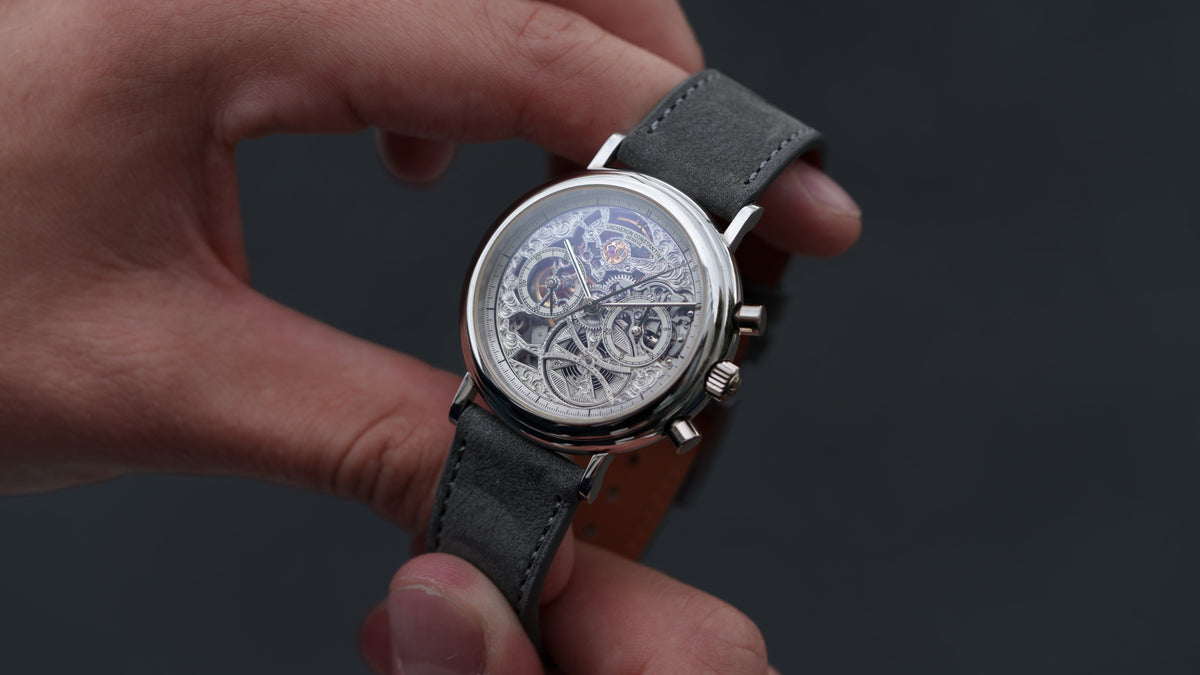
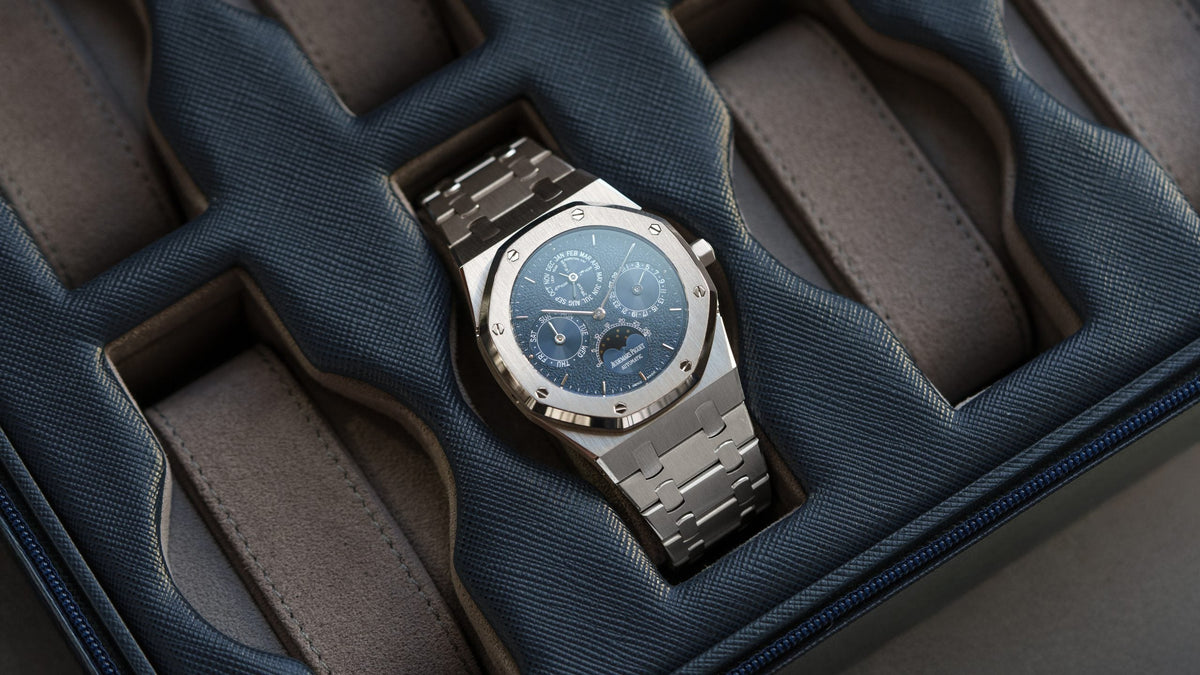
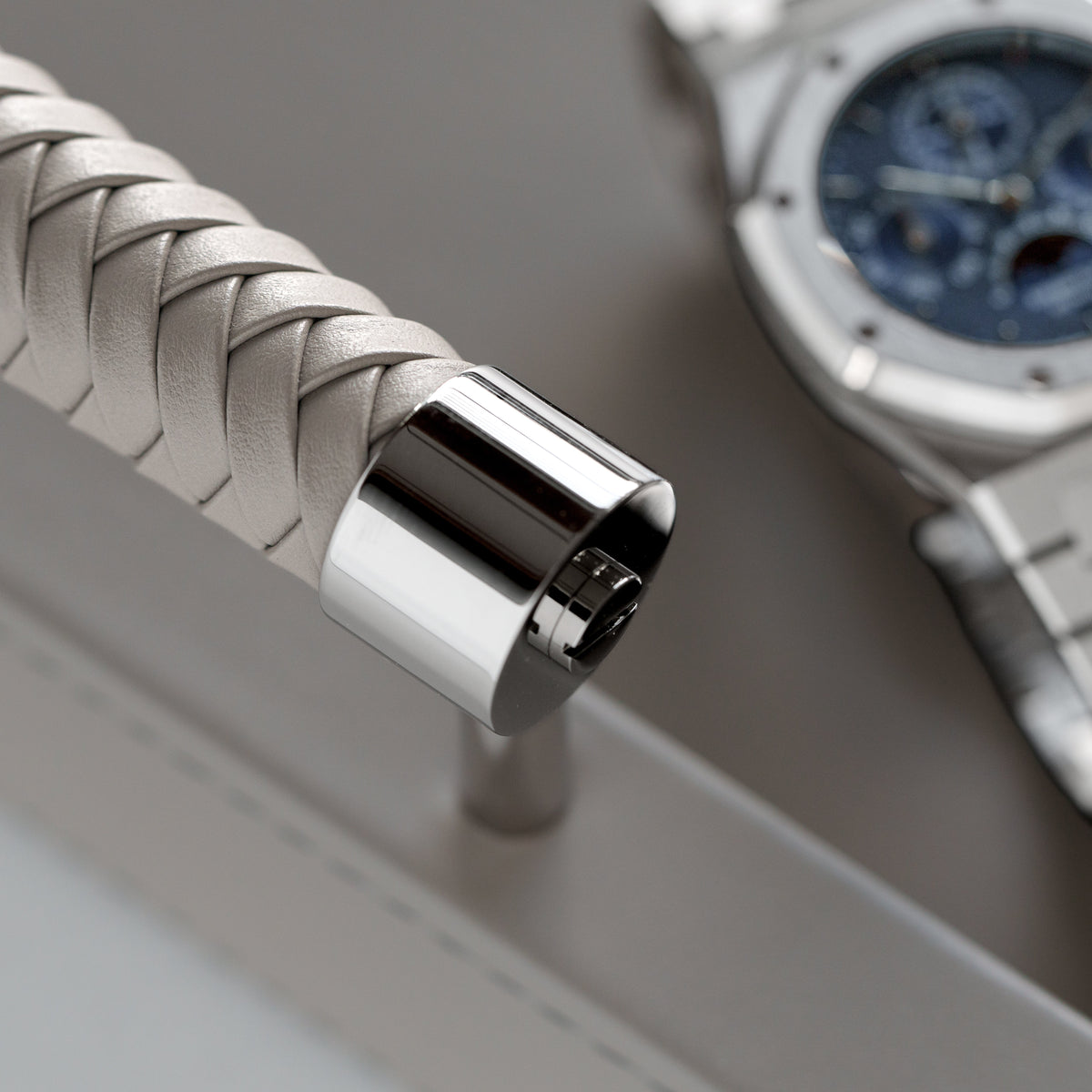
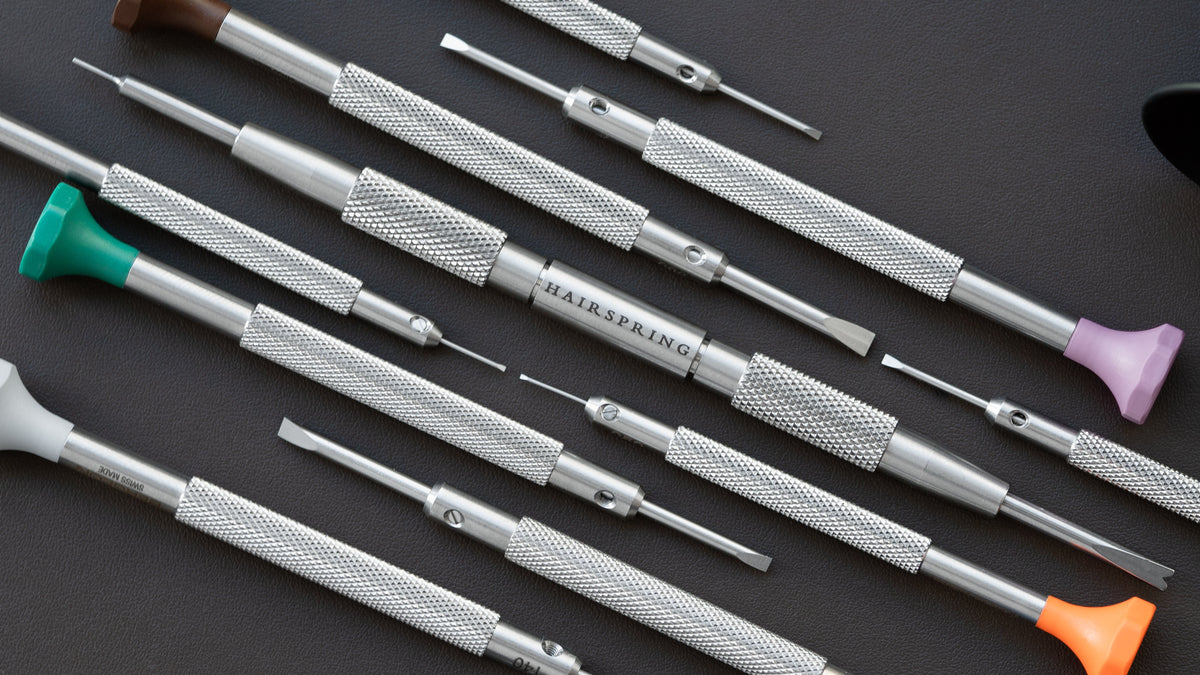
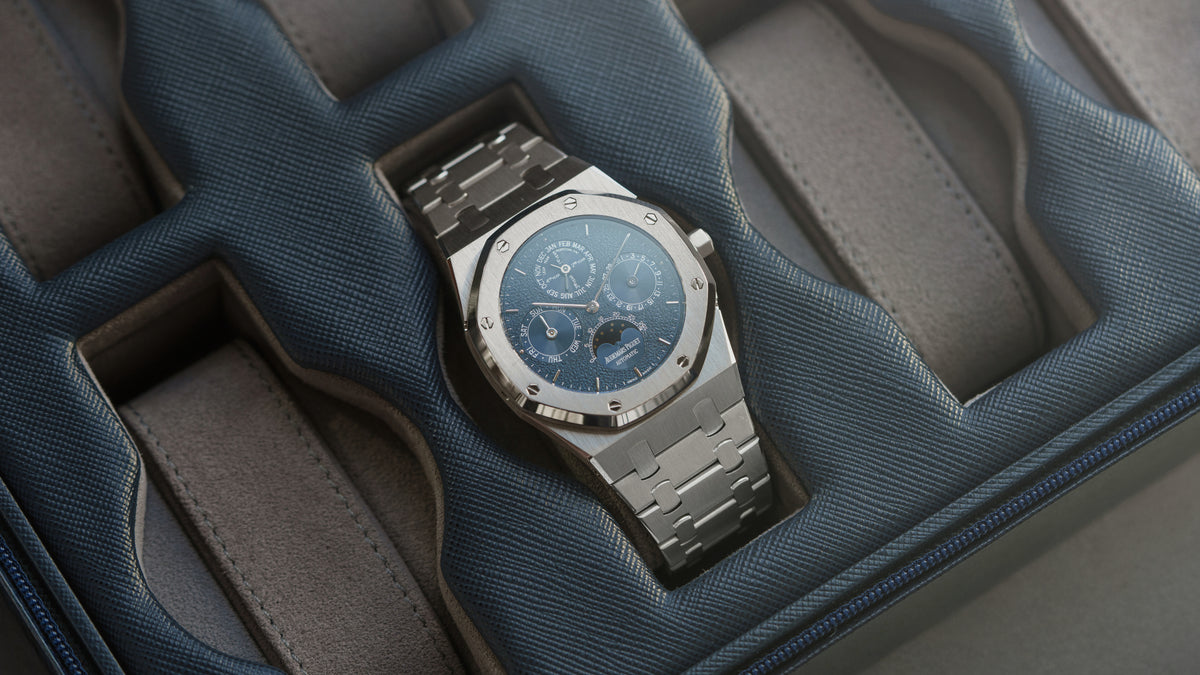
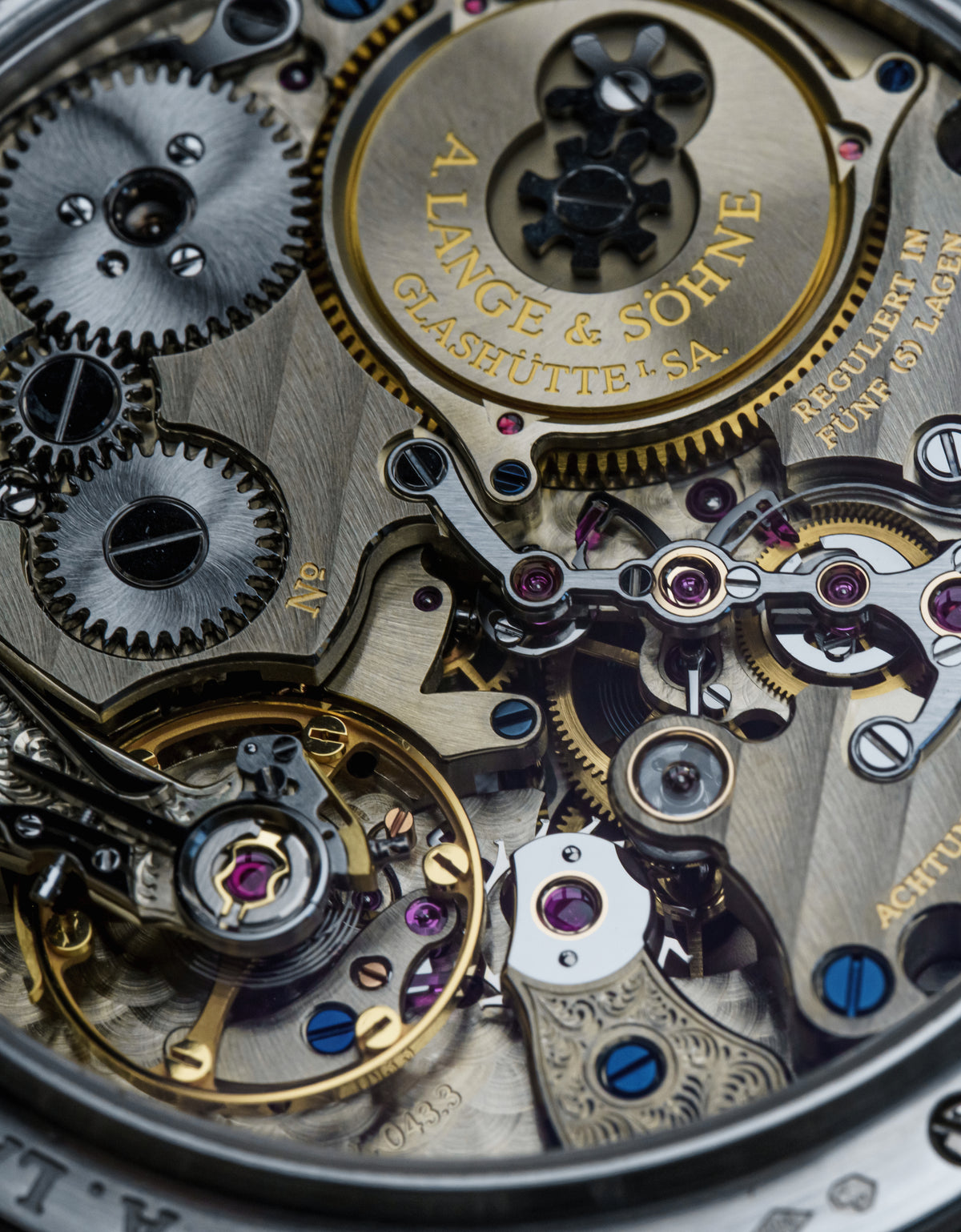

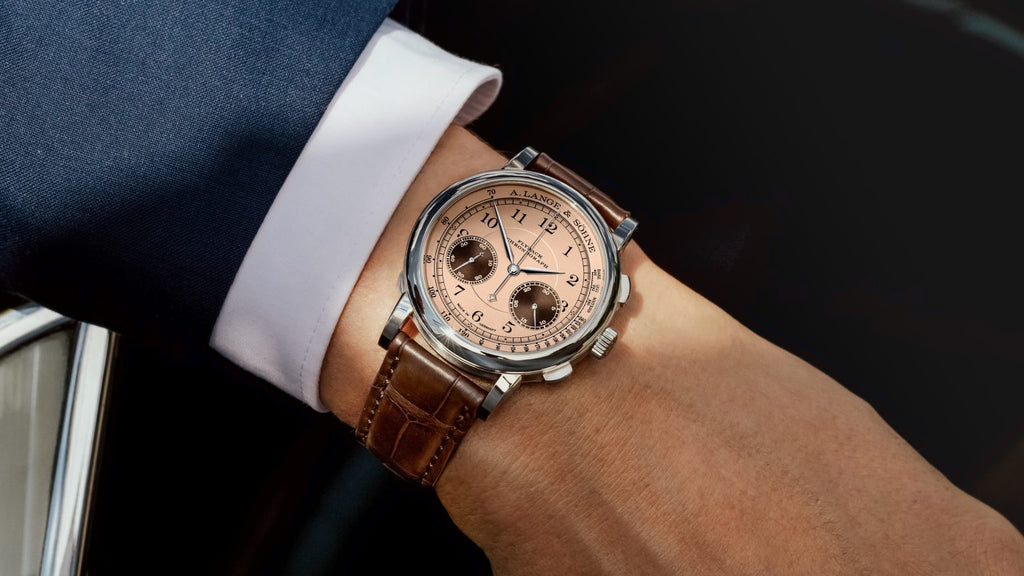
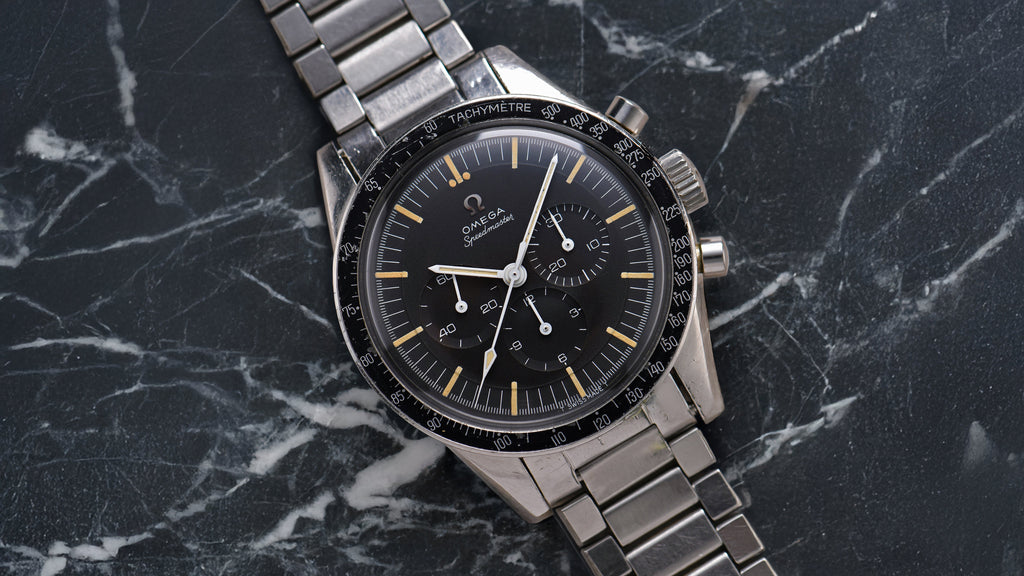
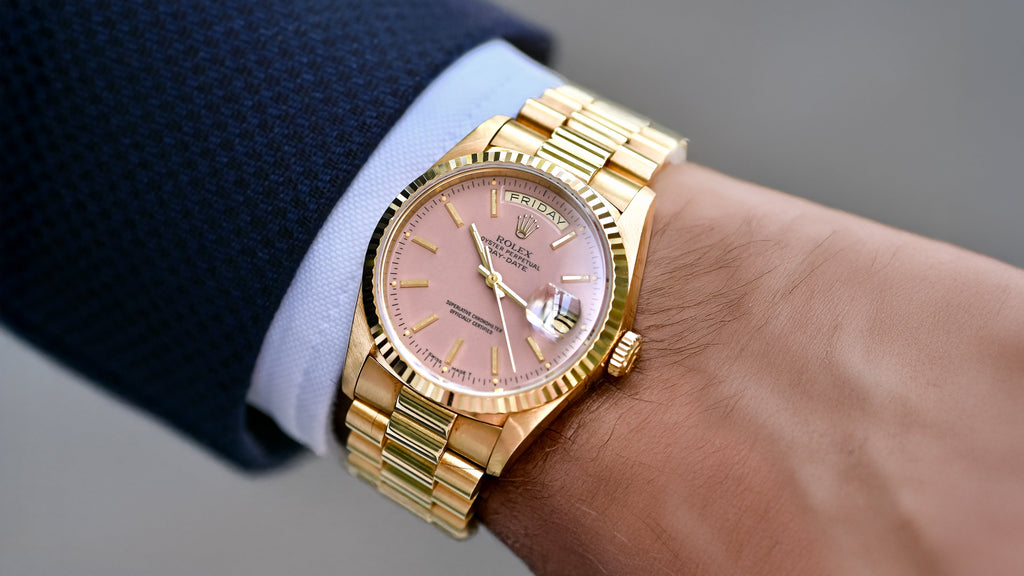
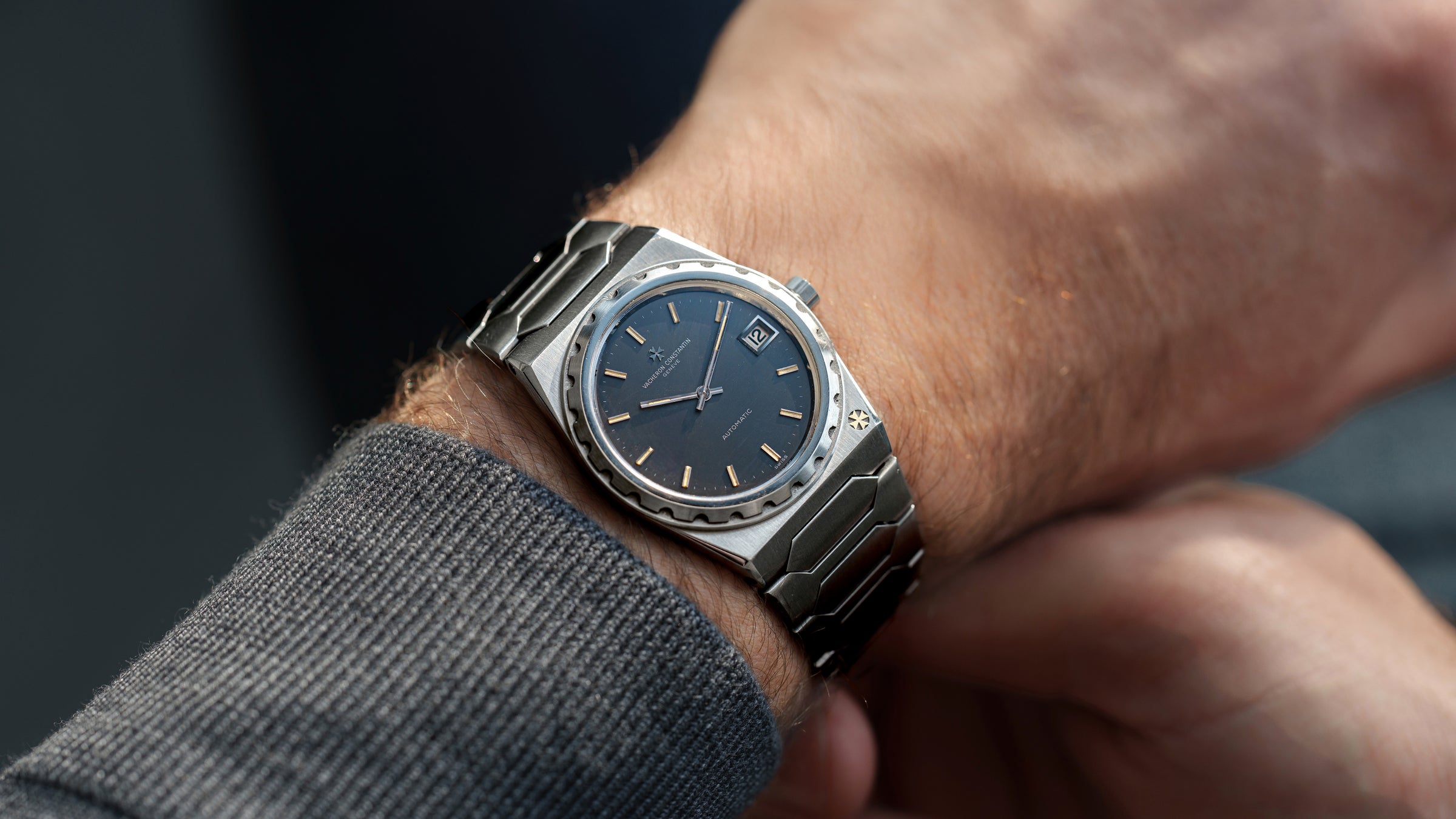
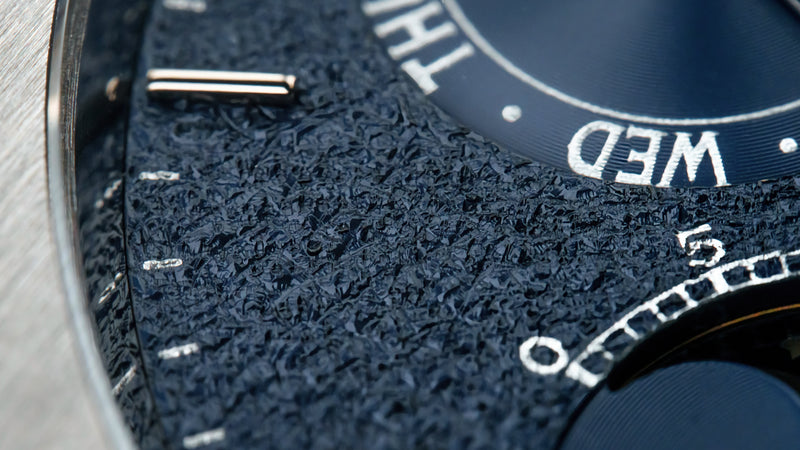

0 comments
Write a Comment